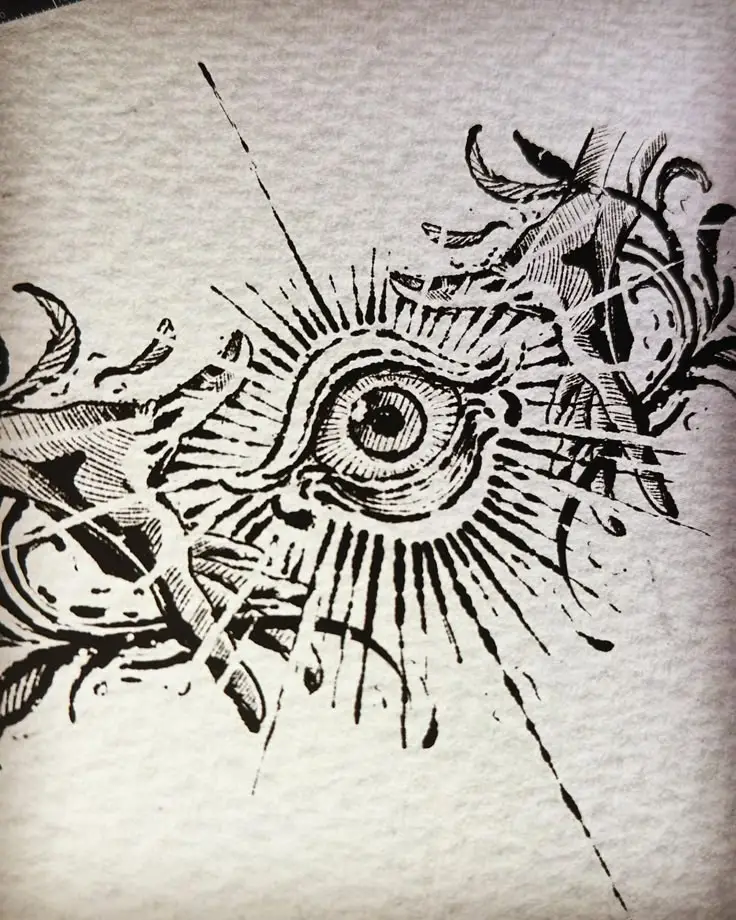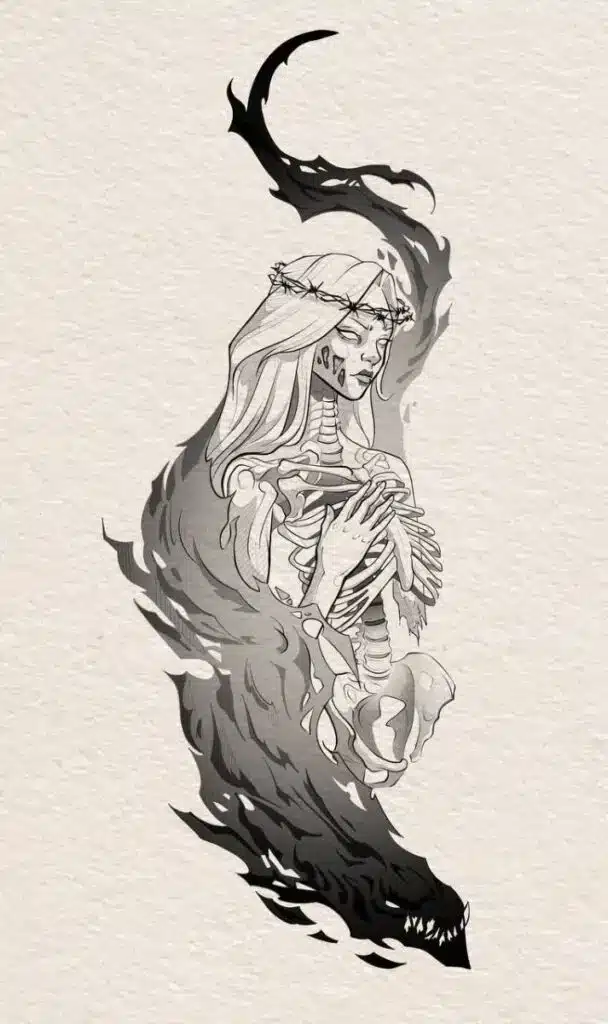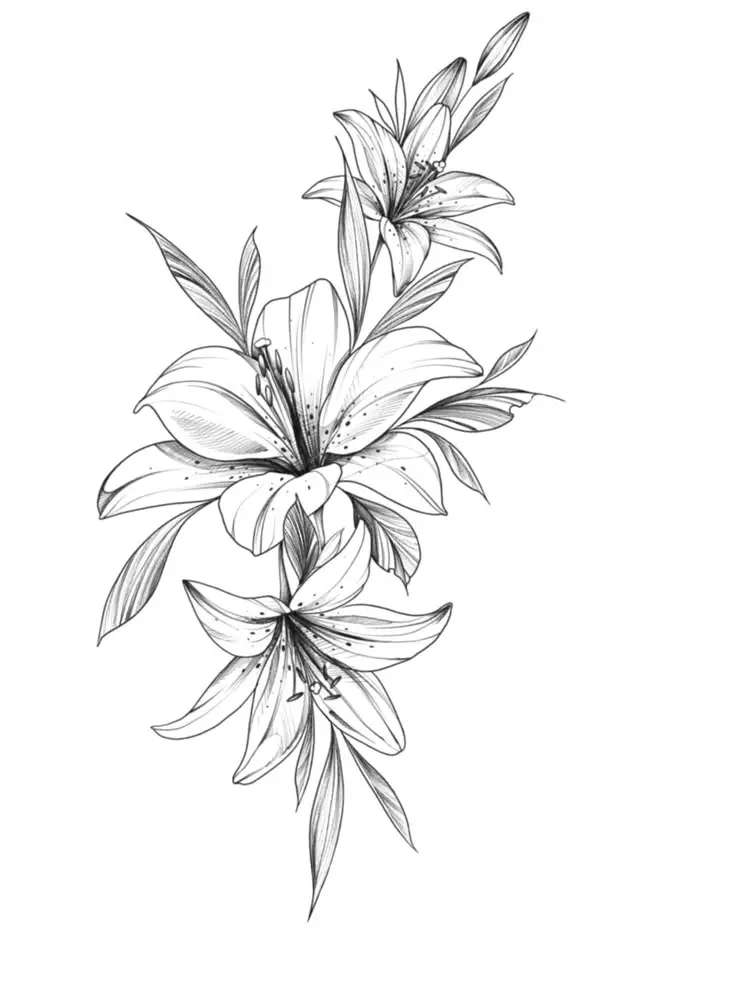Tattoo drawing is not just a trend; it’s an artistic expression that can be deeply personal and meaningful. Whether you’re considering your first tattoo or planning your next piece, understanding the essence of tattoo design can enhance your experience. This art form combines creativity with symbolism, making it essential to choose designs that resonate with you.
As you embark on your tattoo journey, collaborating with a skilled artist can turn your ideas into beautiful visuals. It’s crucial to communicate your vision clearly, as this will help the artist create a design that reflects your personality. Moreover, there are several important factors to consider before making the commitment to get inked, including style preferences, placement, and aftercare essentials.
Investing in quality tattoo designs can lead to satisfaction and pride in your choice for years to come. A well-thought-out tattoo not only looks good but also tells your unique story, so take your time in the creation process.
Key Takeaways
- Collaborate with a trusted tattoo artist to realize your vision.
- Consider the symbolism and personal meaning behind your tattoo design.
- Prioritize proper aftercare to maintain your tattoo’s appearance over time.


The Art of Tattoo Design
Tattoo design is a unique blend of creativity and personal expression. This art form requires careful consideration of style, inspiration, and meaning behind each piece.
Choosing a Tattoo Style
Selecting the right tattoo style is crucial to ensure your design aligns with your vision. Some popular styles include:
- Traditional: Bold lines and vibrant colors characterize this classic style.
- Realism: This style focuses on creating lifelike images that capture intricate details.
- Watercolor: Known for its soft shades and flowing designs, it mimics the look of watercolor paintings.
- Geometric: Utilizes shapes and patterns for a modern, abstract aesthetic.
Consider your personal preferences and what resonates with you. Research various styles and examine existing artwork to identify what appeals to you.
Finding Inspiration for Your Tattoo
Inspiration can come from numerous sources, making it vital to explore various avenues. Here are effective ways to find ideas:
- Personal Experiences: Reflect on significant life events, values, or memories.
- Nature: Elements from nature, such as animals or landscapes, can translate beautifully into tattoo art.
- Art and Literature: Utilize themes from books, paintings, or music that inspire you.
- Online Platforms: Websites like Pinterest are treasures for discovering diverse tattoo designs.
Collect images, sketches, or descriptions that resonate with you. Create a mood board to visualize your ideas and narrow down your choices.
Significance of Rose Tattoos
Rose tattoos hold deep symbolism and can convey a range of meanings. They often represent:
- Love and Passion: Roses are universally associated with romance.
- Growth and Transformation: The lifecycle of a rose mirrors personal growth and change.
- Beauty and Fragility: Highlighting the balance between beauty and the transient nature of life.
When choosing a rose tattoo design, consider the colors, style, and placement. Each choice can alter the tattoo’s significance, making it a highly personal expression. Whether elaborate or simple, rose tattoos are a timeless choice in tattoo art.


Working with a Tattoo Artist
When considering a tattoo, selecting the right artist and collaborating on the design are crucial steps in achieving your desired outcome. A professional tattoo artist can best translate your vision into a piece of art on your skin.
Selecting the Right Artist
Choosing a tattoo artist requires careful consideration. Begin by researching local artists and reviewing their portfolios. Look for styles that resonate with you, whether it’s traditional, realism, or abstract.
Questions to Ask:
- What is your specialty?
- Can you show examples of similar work?
- How do you ensure hygiene and safety?
Don’t hesitate to schedule a consultation. This is your chance to discuss your ideas and assess the artist’s personality. The rapport you build can significantly impact your tattoo experience. Trust your instincts; if something feels off, consider another artist.
Collaborating on Tattoo Design
Effective collaboration with your tattoo artist is essential for a successful design. Start by gathering inspiration. Share images of styles, colors, and themes that appeal to you. This helps the artist understand your vision clearly.
When discussing the design, be open to suggestions. Tattoo artists have a wealth of experience and can offer valuable insights on what works well on skin. They may recommend adjustments for size, placement, or detail, ensuring the tattoo ages well.
Key Considerations:
- Be clear about your ideas.
- Discuss placement and size early on.
- Prepare for the possibility of an art deposit for custom designs.
Your active participation in the design process can lead to a tattoo that you’ll be proud of for years to come.


Considerations Before Getting Inked
Before committing to a tattoo, it’s essential to consider your budget and the size and placement of the design. These factors will greatly influence your tattoo experience and final outcome.
Estimating Your Tattoo Budget
Tattoo prices can vary widely depending on the artist’s skill, studio location, and tattoo complexity. A common range can be between $50 to $200 per hour.
- Size and Detail: Larger and more intricate designs typically cost more.
- Artist Experience: Skilled professionals may command higher rates.
- Touch-Ups: Factor in potential touch-up costs after healing.
You should also consider any additional expenses, like tips for the artist and aftercare products. Set a comfortable budget before starting your search, and remember to discuss pricing with your tattoo artist upfront to avoid surprises.
Determining the Size and Placement
The size and placement of your tattoo are crucial decisions. Both aspects affect visibility and discomfort during the process.
Size Considerations:
- Smaller tattoos can be discreet and less painful, ideal for first-timers.
- Larger pieces allow for more detail but may require multiple sessions.
Placement Options:
- Areas like the forearm or shoulder are popular for their visibility and relatively low pain levels.
- Avoid highly sensitive spots, such as the spine or ribs.
Think carefully about how much of your tattoo you want to show and the level of discomfort you’re willing to tolerate. Your choice will define not just your tattoo but how you feel about it in daily life.


The Tattooing Process
Understanding the tattooing process is essential for anyone looking to get or create a tattoo. Key aspects include outline and shading techniques, as well as the nuances of color and blending.
Outline and Shading Techniques
The outline in tattooing serves as the foundational structure. This is usually done first, using a single needle or an outline shader. A clean, precise line establishes the boundaries of your design.
Shading is equally important and adds depth and dimension. Techniques such as whip shading and stippling can create different effects. Whip shading involves flicking the needle to achieve a gradient, while stippling uses dots for a textured appearance. When deciding on shading, consider the desired visual outcome and the original design.
Understanding Color and Blending
Selecting the right color palette greatly impacts the overall look of the tattoo. Choose colors that complement each other and fit the theme of your design. A good artist will mix primary colors to create a diverse range of hues.
Blending is the technique used to transition between different colors smoothly. This can involve techniques like gradient shading, where colors gradually shift from one to another. Proper blending ensures that colors work harmoniously, enhancing the aesthetic appeal of the tattoo. Understanding these elements will make a significant difference in your tattoo’s final appearance.


Tattoo Aftercare and Maintenance
Proper aftercare is essential to ensure your tattoo heals well and maintains its vibrancy. Taking the right steps immediately following your tattoo session and throughout its life helps prevent infection and fading.
Immediate Aftercare Tips
After getting your tattoo, follow these important steps:
Keep the Tattoo Covered: Use a sterile bandage for at least 2-4 hours after the procedure. This protects it from bacteria and external irritants.
Wash Your Tattoo: Gently cleanse the area with mild soap and lukewarm water. Pat it dry with a clean towel rather than rubbing.
Moisturize: Apply a thin layer of fragrance-free moisturizer or tattoo aftercare ointment several times a day. This prevents dryness and keeps the tattoo vibrant.
Avoid Soaking: Do not soak your tattoo in water (like baths or pools) for a minimum of two weeks. Showers are fine, but stay quick.
Sun Protection: Keep your tattoo out of direct sunlight to prevent fading. Once healed, use sunscreen with a high SPF whenever exposed.
Long-Term Tattoo Maintenance
After your tattoo has healed, ongoing care is vital for preservation:
Daily Moisturizing: Continue to moisturize your tattoo regularly. This keeps your skin healthy and your tattoo looking bright.
Sun Protection: Use sunscreen every time you’re outside. UV rays can cause fading and alter the colors in your tattoo.
Avoid Scrubbing: When bathing or showering, be gentle. Harsh scrubbing can lead to fading over time.
Hydration: Keep your skin well-hydrated by drinking plenty of water. Hydrated skin helps maintain the appearance of your tattoo.
Examine Regularly: Check your tattoo periodically for any signs of fading, dryness, or irritation. Addressing issues promptly can extend its lifespan.
- 363shares
- Facebook0
- Pinterest363
- Twitter0



